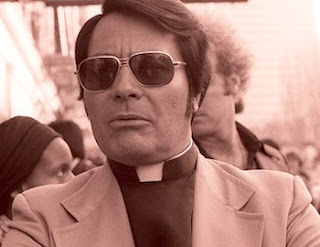The big division made, when it is, is between "traditional" and "poltergeist" hauntings. Even TAPS has made the division between possible daemonic infestations and other hauntings early-on in the series, and while many investigators maintain this at least intellectually, it is not popularly-forwarded mainly because it suggests actual Evil forces exist and connotes religious overtones and associations. Investigators are interested in having their research taken seriously and the scientific community is notoriously secular.
Such divisions can be dangerous, unduly influencing other researchers, but I think it's important to start trying to not just classify hauntings, but try to develop some way of actually identifying them. The identifications may be incorrect, but there's only one way to find out and that's to try it.
G.N.M. Tyrell, Apparitions
- Experimental ghosts - The image of people still alive appears to others at different places (thought projection, astral traveling, astral projection, ESP, Occult)
- Crisis ghosts - Ghosts who appear to family members during times of crises, most usually during the ghost's death (ESP, clairaudience, clairvoyance - not prescience, none of these spirit manifestations involve prescience)
- Post-mortem ghosts - Images that appear long enough after the person is dead to be nothing but a ghost
- True ghosts - Those that appear to observers who did not know them throughout the years, ungoverned by time but usually bound to a specific location


No comments:
Post a Comment